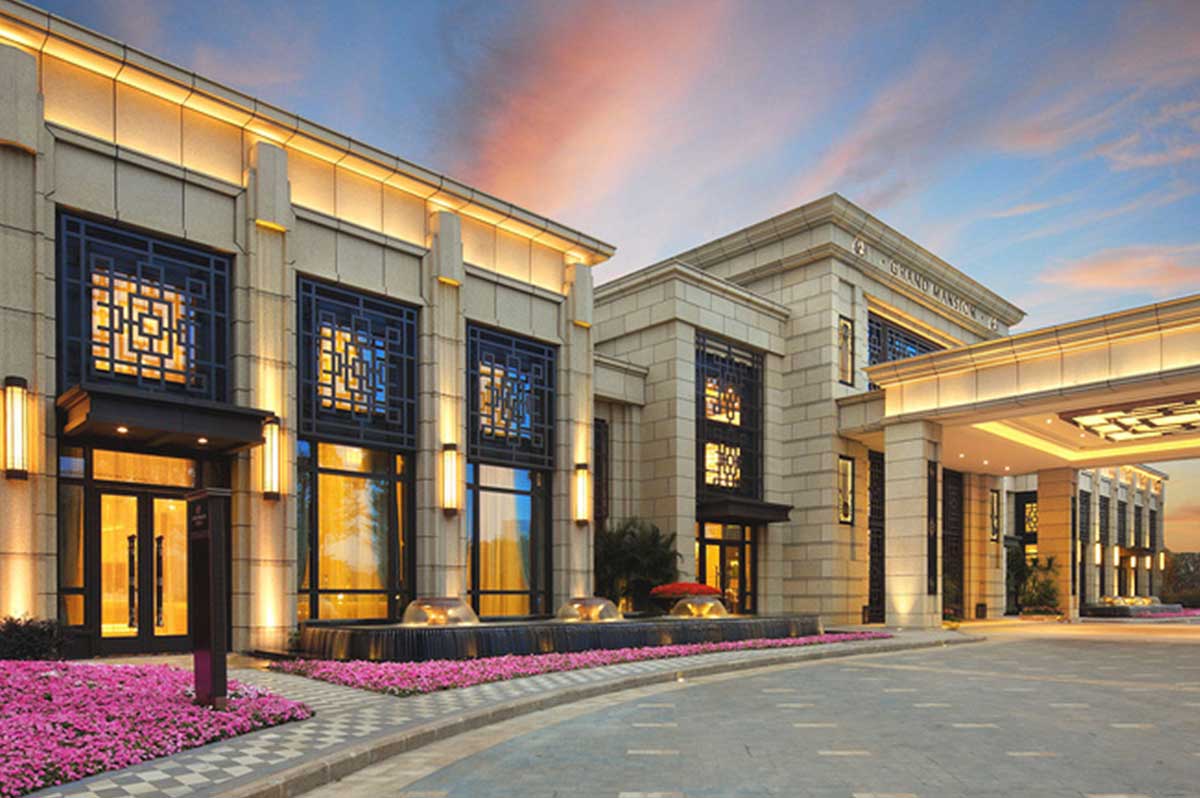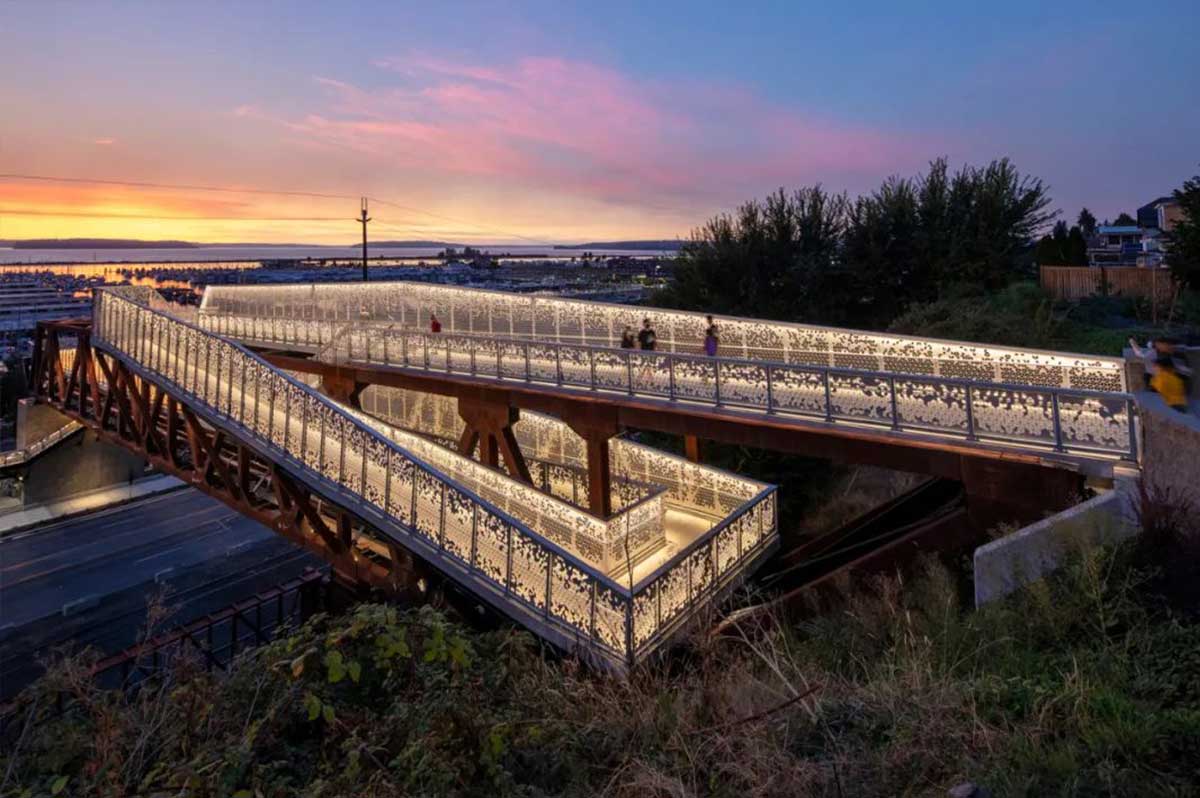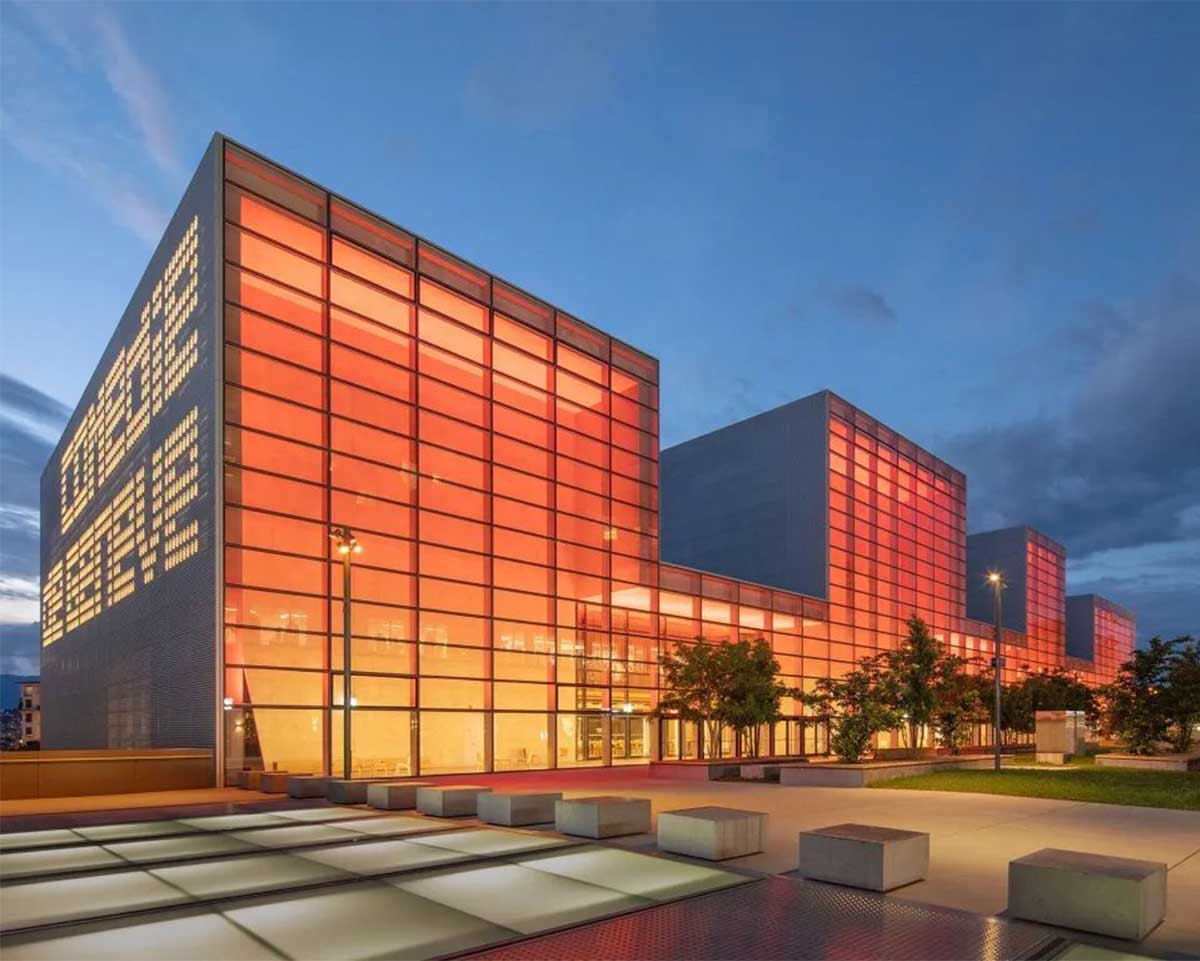Understanding the Pros and Cons of LED Lights
LED lights offer design flexibility and energy efficiency, making them a preferred option for commercial and residential uses. However, the lighting technology has several drawbacks for different applications. This article covers the pros and cons of LED lights.

1. What are LED Lights?
LED is a semiconductor that emits light due to current flows. Overall, it has unique electrons that recombine with electron holes to release photon energy. The energy type that crosses the semiconductors’ band gap determines the light color. Yet, you can attain white color using light-emitting phosphor or multiple semiconductors.
2. 10 Advantages of LED Lights
LED lighting has numerous advantages over traditional options. It is durable, energy efficient, has minimal environmental impacts, provides instant lighting, and involves maintenance costs. This section covers the pros and cons of LED lights.

2.1) Energy Efficiency
Unlike traditional lighting options that produce heat, LED lights convert more energy into light. Thus, its efficiency translates into minimal environmental impacts, safe lighting, reduced energy, and lower electricity bills.
2.2) Durability
LED lights feature robust materials that withstand harsh environments, vibration, and shock. Meanwhile, they can resist extreme temperatures to ensure consistent performance in diverse settings. This resistance translates to a longer lifespan.
2.3) Environmental Benefits
Since LED lights offer energy efficiency, they translate to minimal greenhouse gas emissions. Overall, the lights consume less energy and help mitigate climate change. They do not contain harmful material and reduce contamination risks.
2.4) Instant Lighting
LED lights offer instant illumination after pressing the switch without delay. In general, this feature is critical in complex applications that require instant brightness. Instant lighting is critical for entrances, security lighting, and emergency settings.
2.5) Design Flexibility
LED lighting is compact, enabling diverse architectural designs for diverse uses. In addition it features different sizes, shapes, and forms, such as compact bulbs, linear fixtures, and flexible strips. It also has diverse color-changing features, brightness levels, and color temperatures to attain dynamic lighting.
2.6) Cost Effective
Despite the high initial costs, LED lights offer immense cost-effectiveness by lowering energy consumption. In other words, lower electricity bills in residential & commercial uses ensure a compelling return on investment.
2.7) Less Maintenance Costs
LED lights feature a long lifespan and rarely require replacements, such as regular bulb changes. Simply put, they resist harsh environments, vibration, and shock to minimize repairs and replacements. Thus, they have low service costs and time consumption.
2.8) Directional Lighting
LED lights can emit light in a specific direction without using diffusers or reflectors. Thus, they suit spotlighting settings, accent lighting, and task lighting. Directional lighting can illuminate artwork and highlight architectural features.
2.9) Fewer Insects
LED lighting produces minimal heat, reducing insect attraction. In addition, it provides directional lighting that helps to avoid light spillage, which could further attract insects. This feature makes it a better option for outdoor dining, gardens, and patios.
2.10) Safe Lighting
These lights produce less heat than traditional options to reduce fire hazards and burns in tight fixtures. LED lighting does not feature health-risk materials like mercury and lead that could result in death. It does not produce UV radiation to reduce skin damage. Overall, it suits sensitive materials like artwork and fabrics.

3. 3 Disadvantages of LED Lights
Although LED lighting has numerous advantages over traditional options, it also has drawbacks. Experts have raised concerns about blue light from LED fixtures. Meanwhile, this lighting technology is heat-sensitive and has higher initial costs.
3.1) Higher Initial Costs
The initial installation costs can be costly for some customers. LED lights are expensive and require help from a technician to attain proper installation. Nonetheless, LED lighting fosters low maintenance costs and minimal energy consumption. It also promotes environmental sustainability through strategic energy usage.
3.2) Heat Sensitivity
Exposure to excessive heat can impact LED lifespan and overall performance. Although these lights are more heat resistant than alternatives, they feature components that degrade due to high-temperature settings. In any case, heat can build up in enclosed fixtures that have poor ventilation to cause premature failure.
3.3) Blue Light Concerns
LED lights produce more blue light than their alternatives, resulting in eye strain and disrupting sleep patterns. Thus, they are unsuitable for use in darkness, at night, or in settings closer to the eye. Prolonged blue light use can result in vision-related issues like digital eye strain. Choose an alternative color setting to avoid the blue effect.
4. Factors Influencing LED Lights Performance
The pros and cons of LED lights vary based on their performance and results. Factors such as maintenance, installation, and use settings impact the performance. Here is an overview of the three critical factors that impact LED light performance.

4.1) Application Setting
Dust, moisture exposure, humidity levels, ambient temperature, and outdoor versus indoor uses affect performance. In addition, indoor settings grapple with lighting requirements, ceiling height, and room size. Above all, outdoor uses require weather-resistant and durable fixtures to sustain environmental pressures.
4.2) Installation
Proper installation involves critical steps such as compatibility with existing infrastructure, wiring quality, fixture orientation, and mounting height. Hiring a qualified technician can help attain correct placement, meet safety standards, and ensure secure mounting. This strategy ensures proper performance and durability.
4.3) Maintenance
Regular maintenance implies replacing damaged parts, inspecting wiring, and cleaning fixtures to ensure optimal results. In other words, scheduled maintenance promptly attends to malware to boost safety and durability. It also minimizes accidents, damage, and malfunction risks by providing optimum working conditions.
5. Conclusion
Generally speaking, light emitting diodes might involve higher installation costs, but its advantages surpass alternatives. The tech facilitates energy efficiency and boosts environmental sustenance. Nevertheless, it is critical to seek guidance from a technician to help you navigate LEDs' complex drawbacks.

6. Navigate the Pros and Cons of LED lights with LNJAMI
Do you want to get the best outdoor lighting results by leveraging the advantages of LED lights? LNJAMI provides exceptional LED lighting fixtures to suit diverse settings. Our products are cost-effective, durable, and can deliver excellent results in complex settings and use conditions.
Above all, we connect you to qualified technicians to help you navigate the installation process. Hence, your installations will adhere to safety standards and attain proper placement for better results. Contact LNJAMI to learn more LED lighting now!








